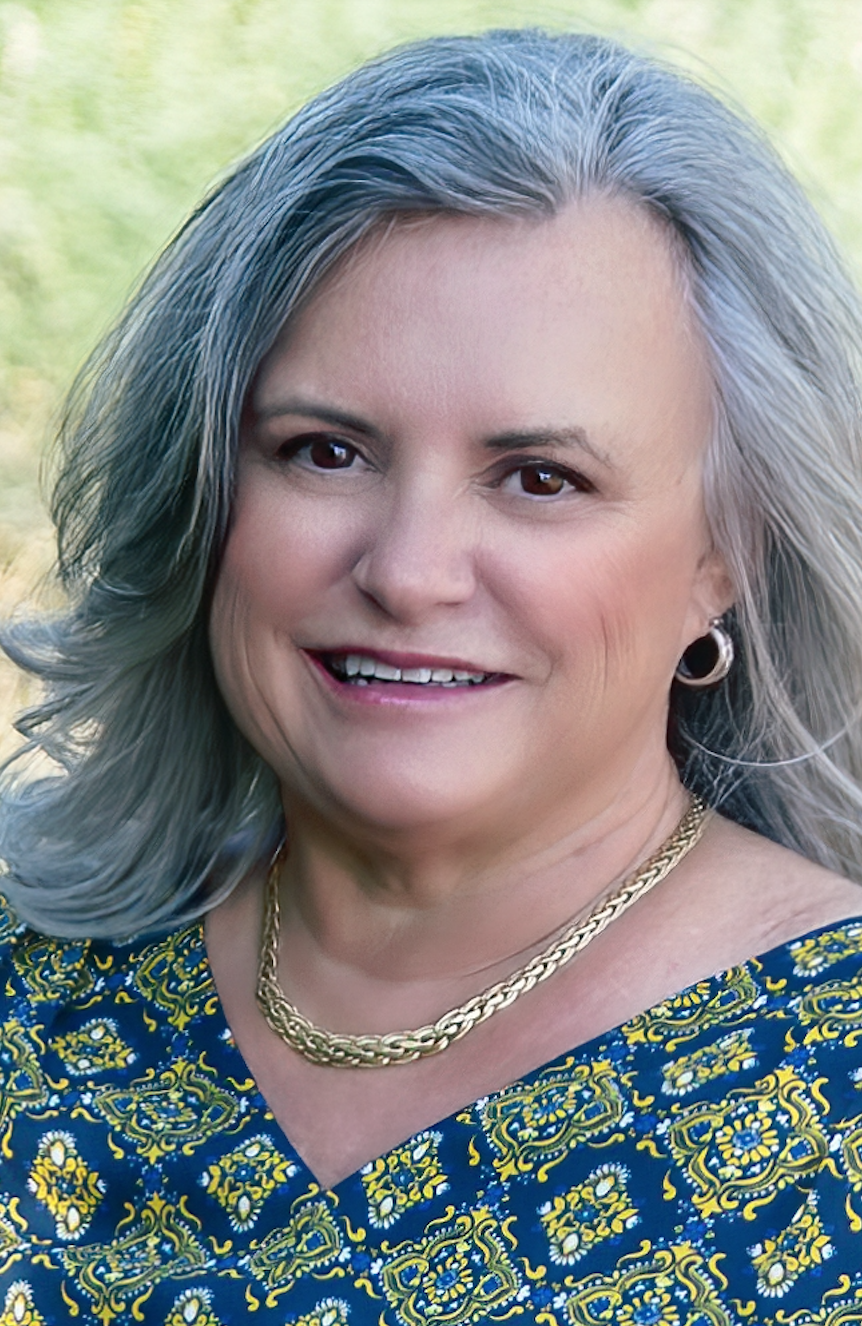Through collaboration via the Strategic Radiology coalition, we are able to more effectively engage with the AI vendors and work together to test, validate, deploy, and sometimes even co-develop applications of interest. Our objective is to promote responsible AI deployment that aligns with the principles of patient-centered care: improved diagnosis, treatment, and overall patient well-being.”
With dozens of artificial intelligence (AI) applications for radiology on the market, how does a private practice identify the best AI tools for its needs, cover licensing costs, implement the technology for maximum effectiveness, and measure the results to ensure that the tools are providing the anticipated return on investment?
effectiveness, and measure the results to ensure that the tools are providing the anticipated return on investment?
“Evaluation of AI tools in radiology by radiologists is essential to validating that these technologies not only perform as advertised, but their deployment is safe, clinically relevant, and seamlessly integrates into radiologist workflows,” said Scott Bundy, MD, FACR, CEO and Chair, Strategic Radiology. “Through collaboration via the Strategic Radiology coalition, we are able to more effectively engage with the AI vendors and work together to test, validate, deploy, and sometimes even co-develop applications of interest. Our objective is to promote responsible AI deployment that aligns with the principles of patient-centered care: improved diagnosis, treatment, and overall patient well-being.”
Three years ago, Strategic Radiology (SR) member groups founded the SR-PSO AI Workgroup for the purpose of collectively working toward all of those goals; plus developing a playbook to engage health system partners in the process of achieving shared goals through AI adoption.
“We came together to identify and evaluate AI applications with the goal of implementing, choosing, or recommending AI to improve quality, safety, and efficiency,” said Lisa Mead, RN, MS, CPHQ, CHPC, executive director of the Strategic Radiology Patient Safety Organization (SR-PSO); “The committee serves as a conduit to disseminate information and get input on topics of interest.”
Today, the committee has 90 individual members, including CIOs and IT personnel, radiologists, and practice executives with an interest in AI. The committee is co-chaired by Ms. Mead and Matt Long, CIO, Radiology Associates of North Texas.
Initially, SR surveyed the practices to understand which AI applications were already in use and for what purposes, an exercise that will soon be repeated. Two years ago, the committee began meeting every two months for the purpose of assessing AI for improving efficacy and efficiency within member practices.
“Over two years, we have vetted and sent quite a few products to contracting through group purchasing,” noted Ms. Mead, “always with this question in mind: Is there efficacy or efficiency to be gained? It takes time, and we also have added quite a few groups since we began. When you build a new team, there is the whole forming, storming, norming dynamics of getting settled in before we get to performing.”
Ms. Mead, “always with this question in mind: Is there efficacy or efficiency to be gained? It takes time, and we also have added quite a few groups since we began. When you build a new team, there is the whole forming, storming, norming dynamics of getting settled in before we get to performing.”
Forming, Storming, Norming
Aside from vetting and adding AI providers to SR’s group purchasing program, the committee spent several months brainstorming non-interpretive uses for AI in radiology that could make radiologists and radiology service providers more efficient. “It gets hard when there are all these shiny new things, and a lot of them do just one thing,” noted Ms. Mead. “It comes down to: What is your interest, where is the volume, what is the problem you are trying to solve?”
The team looked at tasks that are time-consuming and asked:
Business-facing, including computerized coding of reports and automated appointment scheduling.
Patient-facing, such as a chatbot to translate med speak into lay language that is more easily understood by patients.
Population Health-facing, for example automated follow-up of incidental findings
Reading Room-facing, to address tasks that are time-consuming for radiologists, for example, the application from Rad AI that automates report impressions.
Technologist-facing, such as automating pre-registration, prioritization of exams on worklist.
Clearly hospitals and radiologists can both potentially benefit from investments in radiology AI applications, but ultimately the purchasing entity will likely be the one that will realize the greatest return-on-investment.
“For hospitals, that is relatively easy,” notes Ms. Mead. “You need good throughput, and radiology is critical to good throughput. We must get patients into the system somewhat efficiently. In the ER, we need to make sure we are utilizing tools that help identify and triage problems more quickly.” Examples of tools that support those tasks are Brainomix, VizAI, and tools that identify hemorrhage or acute triage opportunities.
“Radiology has always been IT-friendly,” noted Ms. Mead. “We use a lot of technology and software, and we are interested in augmenting knowledge to address faster diagnoses or identification of the problems.” Because volumes have grown significantly and radiology is challenged by a workforce shortage, radiologists need access to tools that support rather than overwhelm them with new tasks.
“Our main goal now is to develop a playbook for our groups on how to engage with AI and how to develop a collegial collaborative partnership with their health systems,” she said. “How do we get radiology AI prioritized and the health system looking at the right things within the system?”
Building Partnerships
SR is approaching AI with a partnership mentality. “We have information technology and AI vendors who are looking for the opportunity to help us be more thorough, more accurate, faster,” notes Ms. Mead. “Then we have hospitals that take care of large communities, and they need to do it faster and not at the expense of quality. Radiology providers need to worry about being efficient and accurate and do that at a pace that is human. The main goal is patients: we need to get the right diagnosis as fast as we can and get them going on their way.”
SR’s AI partners include Rad AI, Ferrum, Radloop, Riverain, and the organization is in dialogue with half a dozen other AI developers to provide tiered discounted pricing. As the program evolves, Ms. Mead expects the committee to continue to vet AI vendors to provide better contracts, get involved earlier in the AI development process, and continue to develop the playbook for AI engagement with hospitals and health systems.
“We need to make sure we have a seat at the table when it comes to decision-making so that we can help hospitals focus on the right tools.,” she said. “There is a lot of competition for funding in hospitals, and radiology needs to be involved in the process, helping to vet and choose software. These are usually large purchases and if properly selected and implemented, they have the potential for significant return-on-investment for hospitals in better triage, decreased ER length-of-stays, and decreased bed days.”
AI is already embedded in radiologist workflow, helping to identify fractures, lung nodules, breast cancer, write reports, and close the loop on incidental findings. “We are struggling to meet the demand with the current supply of radiologists,” said Ms. Mead. “As demand continues to rise, that pressure builds, so AI has the potential to revolutionize the practice of radiology. We are hopeful that it will reduce the intellectual burden of the individual radiologists, decrease errors, and mitigate workforce shortages. That is the promise of AI.”
Hub is the monthly newsletter published for the membership of Strategic Radiology practices. It includes coalition and practice news as well as news and commentary of interest to radiology professionals.
If you want to know more about Strategic Radiology, you are invited to subscribe to our monthly newsletter. Your email will not be shared.